A cross to a Christian, a lotus flower to a Buddhist, the Om to a Hindu – symbols form a huge part of our cultural identity. Jewellery that represents them can hold a special meaning. They can showcase an aesthetic beauty as well as an intrinsic embodiment of our beliefs. It is a reminder of our roots or a nudge toward our aspirations. For centuries, people have worn Spiritual Symbols as Jewellery. They have adorned themselves in these religious and cultural motifs to show their faith, belief, or for protection and luck. Like gemstones, their presence holds weighty significance. The symbolism evokes inspiration, the elegant forms, curves and visuals ignite creativity.
Glynn Alves, joins us today as a Co- Author to discuss Spiritual Symbols as Jewellery. If you are looking to create jewels with a deeper meaning, take a look at these powerful spiritual symbols to get your creative juices flowing.

Spiritual Symbols as Jewellery
Hamsa
This beautiful symbol of protection is often used in amulets. It is said to bring its wearer’s luck, happiness and health. It can be traced back to ancient Mesopotamia and Carthage (known as Tunisia today). The design, an open right palm, is relevant to many cultures (including Jews, Christians and Muslims) to protect against the evil eye. In fact, the hamsa hand often has the evil eye symbol (see below) within it. In addition to its lovely symbolism, the design of the Hamsa lends itself to a range of beautiful colours, making a great choice for symbolic jewellery.
The Om Symbol
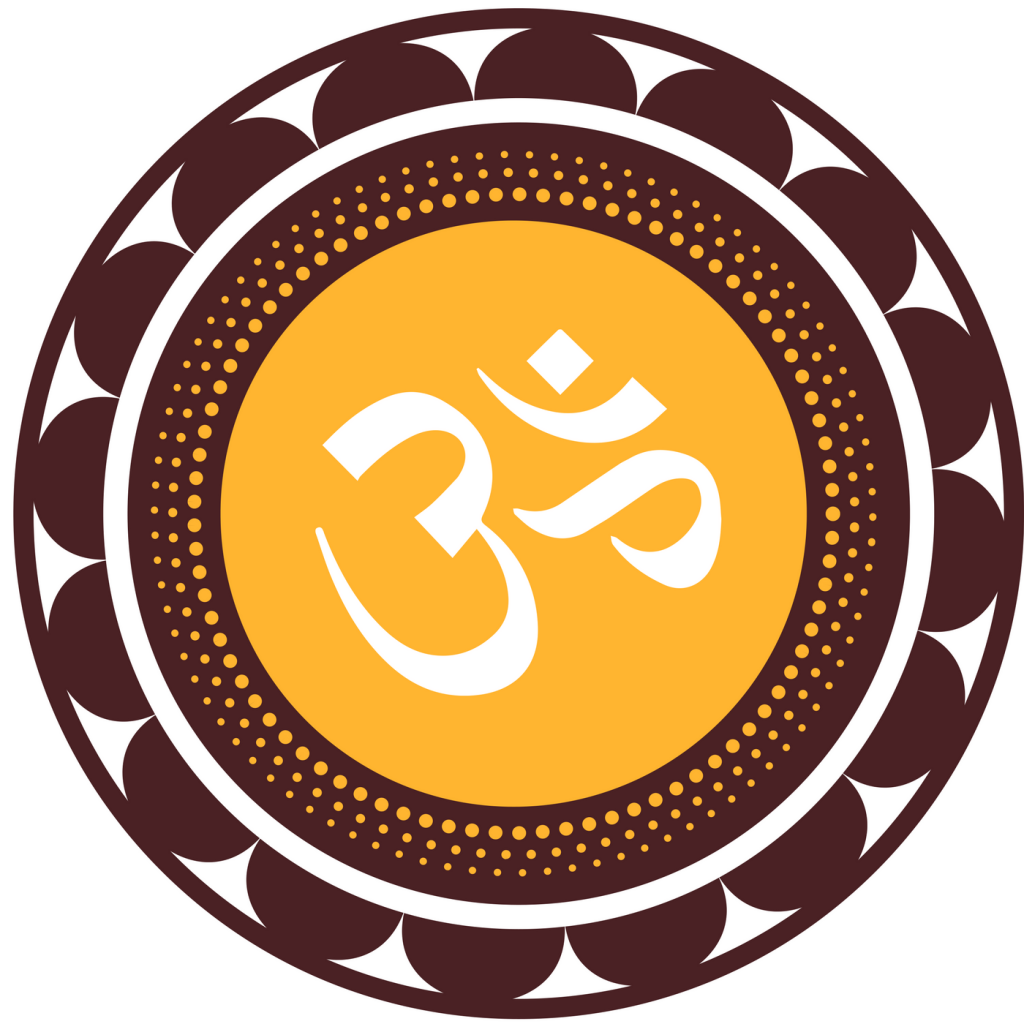
Now a pop culture symbol in the West, ubiquitously used to represent anything from yoga and meditation to peace and hippie culture, Om has a much deeper, significant meaning in Hinduism. The OM or AUM refers to the soul and the universe. It is a divine symbol that is often found in Hindu texts and chanted during their recitation, at ceremonies, pujas and prayers, and meditation. Read more about OM and its forms in my old Navaratri Golu post here.

Mandala
A symbol rooted in both Hinduism and Buddhism, the mandala is an emblematic representation of the universe and its form geometric and fluid form lends inspiration to a universe of design ideas for pendants, charms, earrings, and more. In Sanskrit, mandal means “circle”. The form is also said to represent several psychophysical practices such as meditation. Read more about Mandala and Mandala Jewelry here.
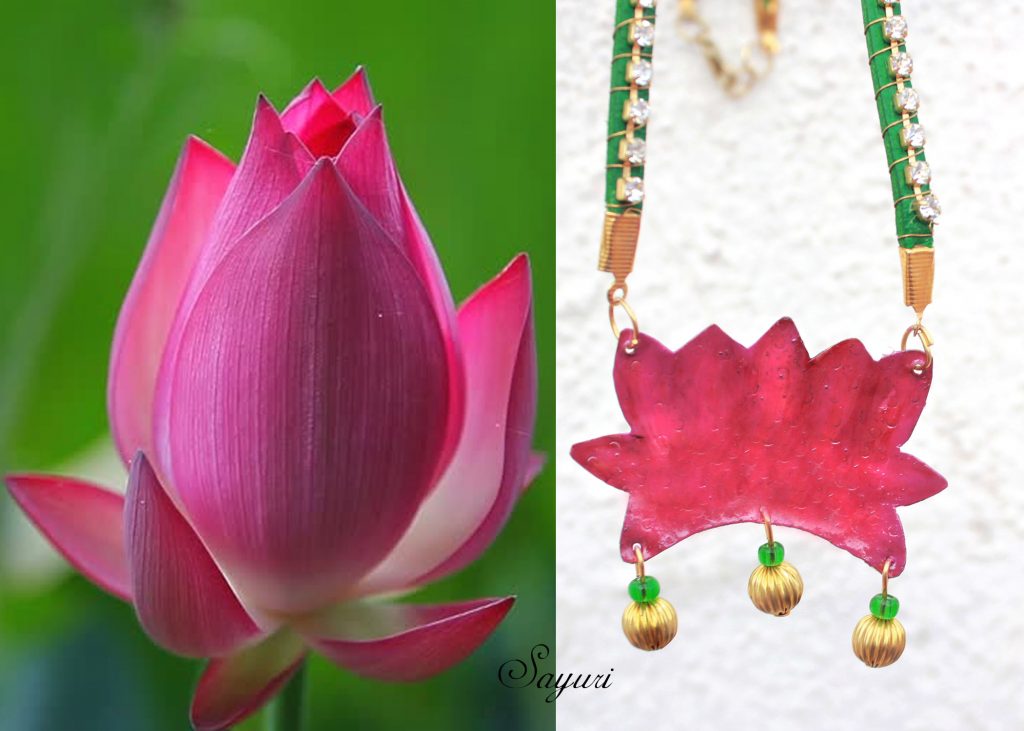
Lotus flower
The lotus flower blooms early in the morning, releasing a beautiful perfume which is both calming and unique. The flower is delicate, peaceful and closely associated with Buddhism and Hinduism. Lotus is a sacred flower that it very different from Water lily . Every part of the lotus is beneficial to man: the flowers, pods, roots, leaves. The lotus rises from the mud but is pure and unsullied. It represents the ability of an enlightened being to rise from any circumstance and to realize its purpose and remain untouched by corruption. The colour of the flower also has a symbolic representation. White and pink are often associated with purity and devotion, while reds, purples and blues are connected with enlightenment and rebirth.
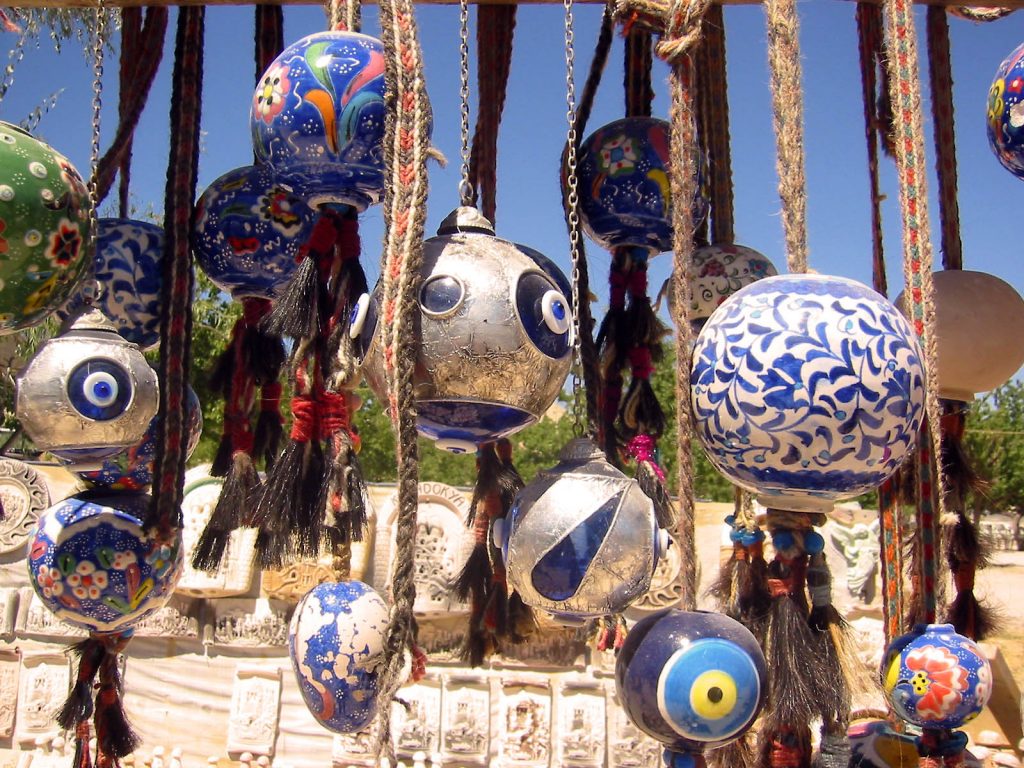
Evil Eye
The evil eye is a malicious stare with disastrous consequences. It is said to be a curse cast by a spiteful glance that will cause misfortune or ill mental or physical health. This is why a symbol, also called the “evil eye” is often worn as a talisman to guard against the ill-intentioned looks. From Tibet to Greece, evil eye beads are well-known in cultures and religions all over the world. It is often showcased in jewellery such as pendants, bracelets, keychains and earrings. It makes great gifts to loved ones who like Spiritual Symbols as Jewellery.
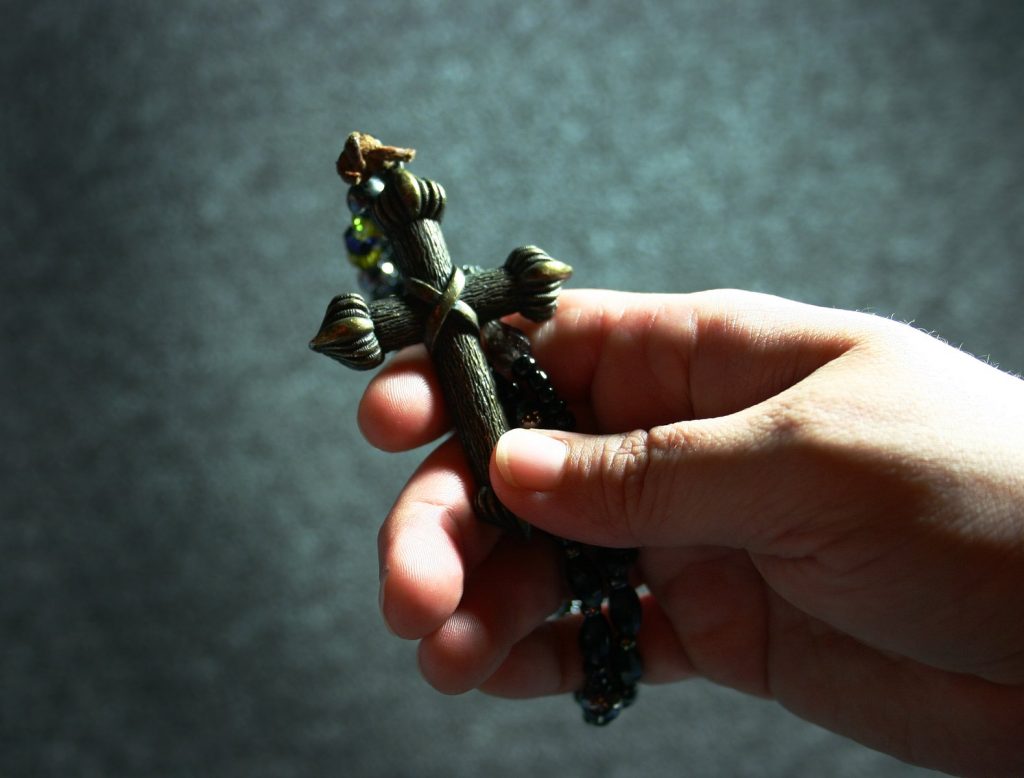
The Cross
Representing the sacrifice of Jesus Christ, the cross has huge significance to Christians. However, it has also been used through the decades in jewellery and in clothing from Byzantine costumes to the 21st century movies. In a traditional sense, a cross is usually worn as a metal pendantsometimes decorated with diamonds, gemstones, etc. A cross symbol may also represent the elements (fire, water, earth and air) or the four cardinal directions (north, south, east and west). This interpretation can be extended to jewellery to lend more meaning to jewels that you create.
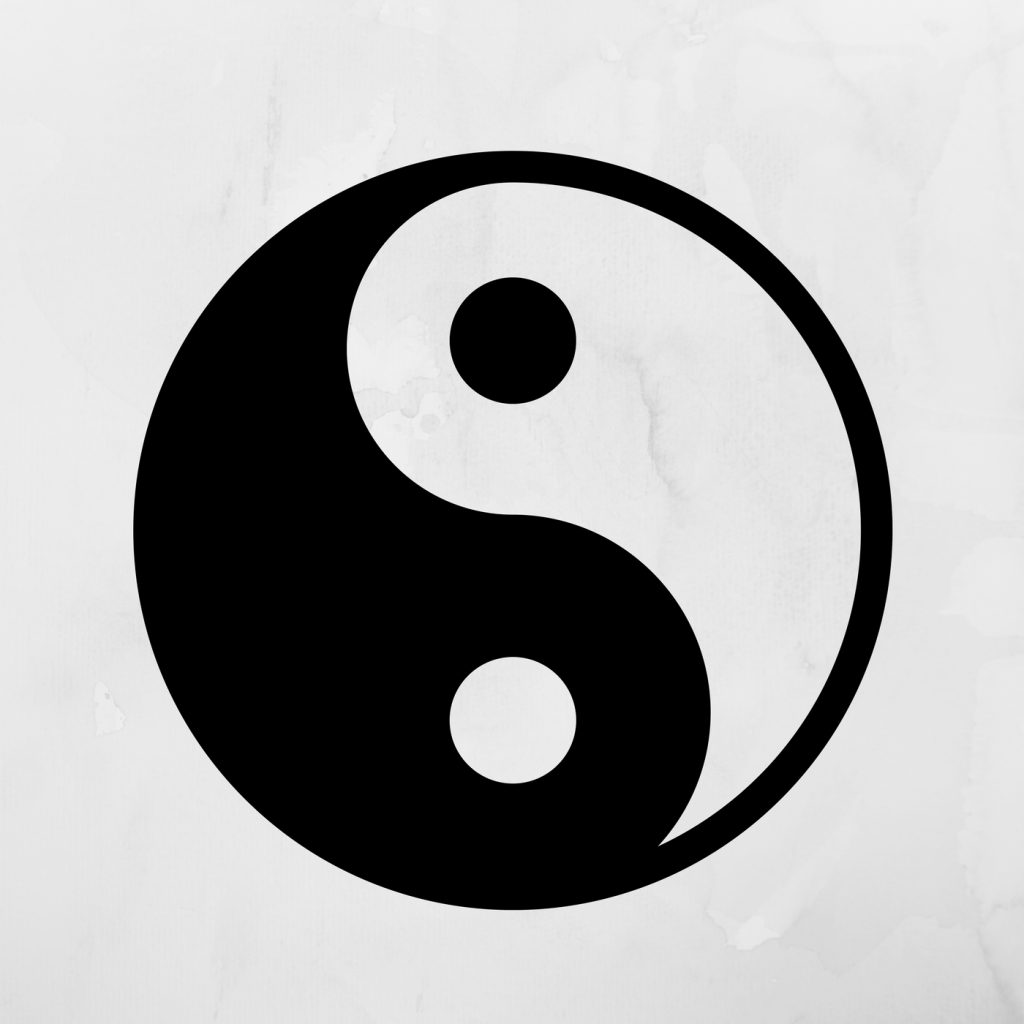
Taijitu
One of the most recognised Spiritual symbols around the world, The Taijitu also known as the Ying and Yang represent duality in balance. It represents two opposites existing in harmony with each other in this ever changing universe. This concepts focuses on the complex concept of the human “Soul” being whole. However, it is primarily used in design due to its Graphic quality, simplicity and minimalism.
Jewels are more than just shiny adornments to accessorize an outfit. It can mean so much to a person based on the maker, the giver and the symbolism behind it. Often, we tend to cherish jewellery with a deeper meaning the most as it tells us something about ourselves.
About the Guest Author
Glynn Alves is a GIA-certified jewellery writer with a passion for jewellery design and vast knowledge on diamonds, gemstones and craftsmanship. With exposure to Indian and international jewellery brands, she has written extensively on luxury jewellery as well as retail brands.
I hope you find it interesting
Cheers


Leave a Reply